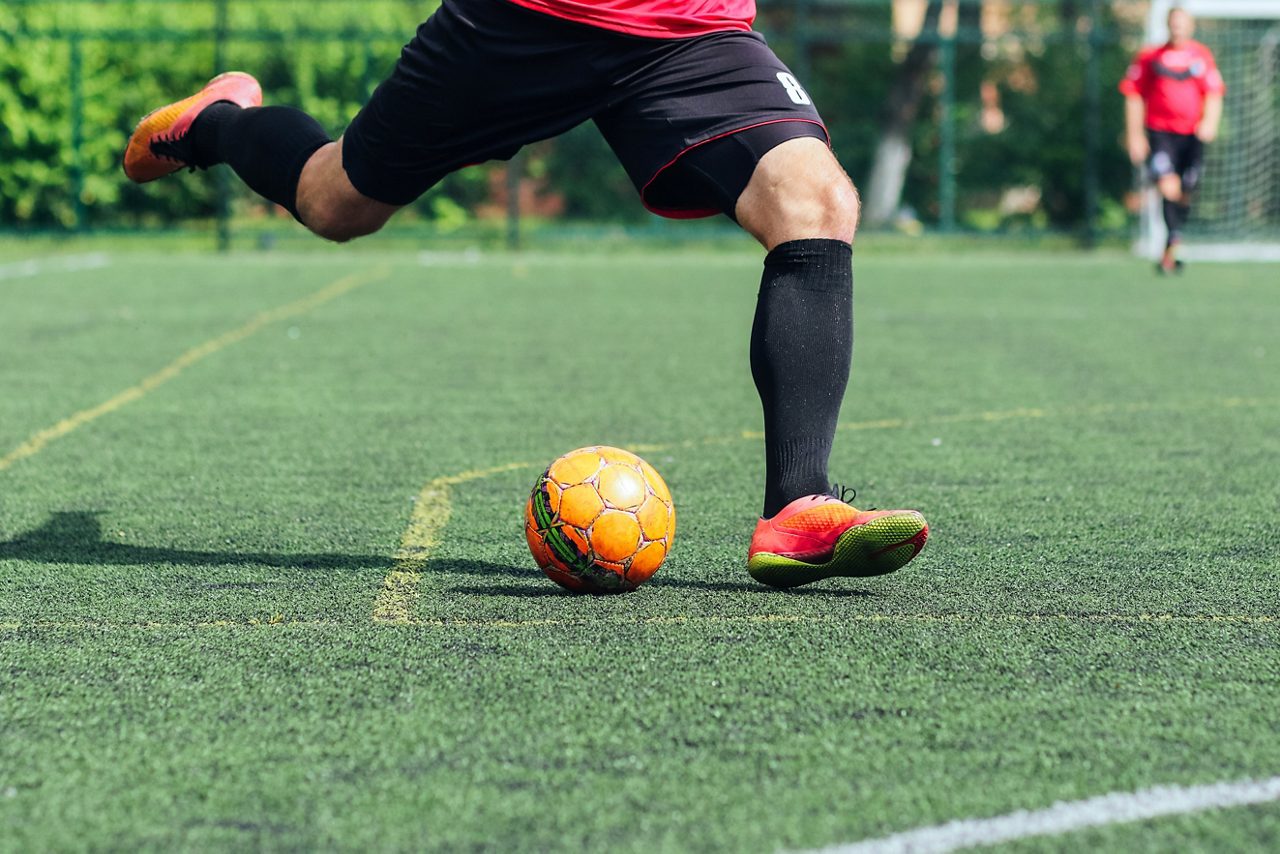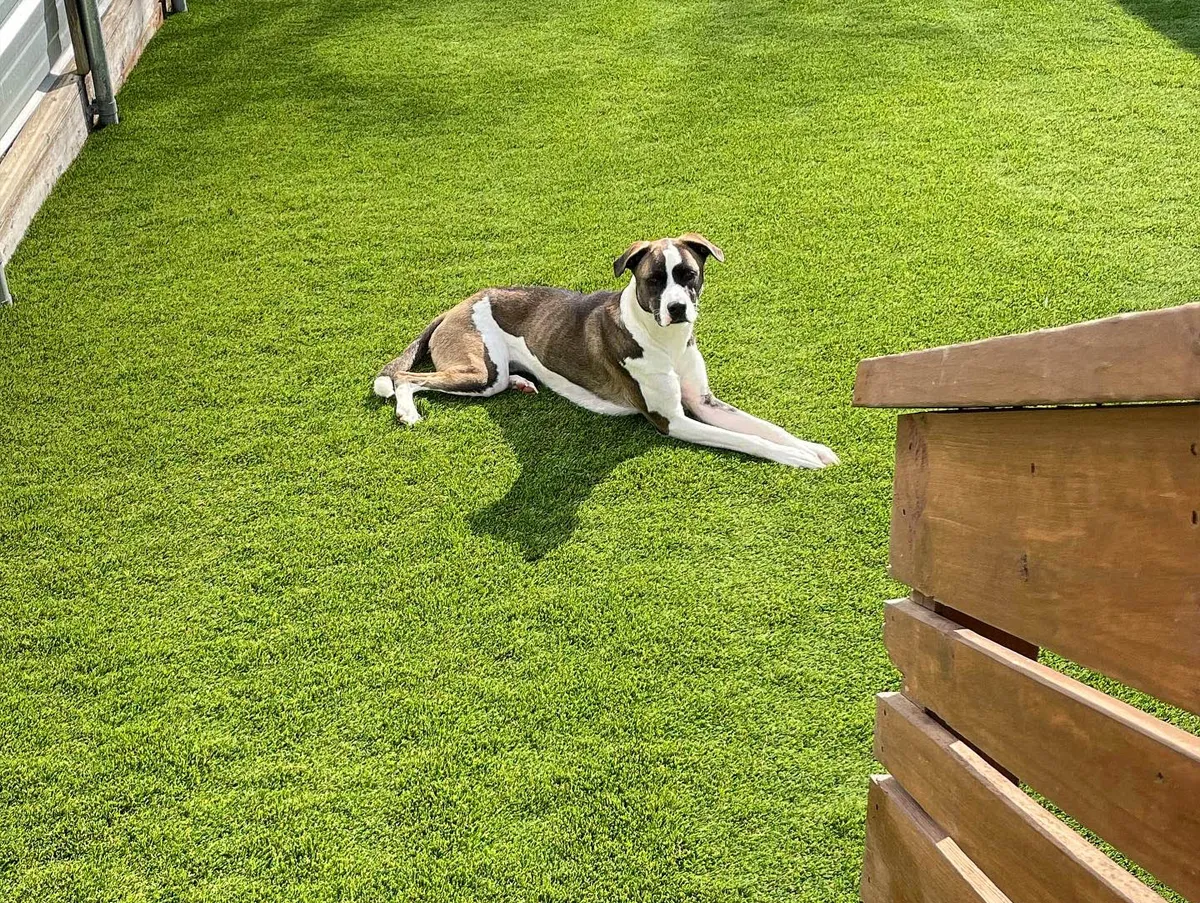Delve Into the Environmental Perks of Opting for Artificial Turf Solutions
The adoption of fabricated lawn solutions offers a compelling chance to address pushing ecological challenges. By substantially minimizing water use and lessening the application of hazardous chemicals, these options not just promote lasting landscaping yet additionally shield regional ecological communities.
Water Conservation Perks
One of the most substantial benefits of fabricated turf is its capability to preserve water. In contrast, man-made grass does not require watering, significantly lowering the overall need for water resources.
By getting rid of the need for normal watering, fabricated turf contributes to lasting landscape methods and helps reduce the environmental influence of extreme water consumption. The conservation of water expands to the decrease of runoff, which can lead to soil erosion and waterway air pollution.
In addition, the setup of synthetic grass enables communities and house owners to allocate water resources a lot more successfully, focusing on important uses such as alcohol consumption water and agriculture. The shift towards synthetic grass not just advertises liable water use however also lines up with broader ecological objectives focused on maintaining natural sources.
As neighborhoods increasingly prioritize sustainability, the water preservation advantages of man-made grass provide a compelling situation for its adoption in commercial and domestic landscape design projects.
Reduced Chemical Use
The change to synthetic grass considerably reduces the reliance on chemical therapies generally utilized in all-natural turf upkeep. Standard lawn administration typically involves the application of herbicides, fertilizers, and pesticides to advertise development and control insects. These chemicals can position threats to human wellness, neighborhood wildlife, and the atmosphere, contributing to soil and water contamination.
In comparison, man-made lawn eliminates the need for these harmful materials. By reducing the launch of artificial substances into the ecosystem, fabricated lawn promotes much healthier soil and water systems.
Furthermore, the lack of chemical overflow related to man-made turf setups aids shield neighborhood waterways from pollution, sustaining water life and preserving biodiversity. Arizona artificial turf. As communities progressively prioritize lasting practices, selecting synthetic grass provides a practical remedy that straightens with environmental conservation goals. Via this shift, homeowner can appreciate lavish environment-friendly spaces without endangering environmental health and wellness, leading the way for a much more lasting future
Lower Carbon Footprint

Moreover, the installation of fabricated grass can result in considerable water conservation. All-natural grass need substantial amounts of water for watering, which not just adds to the carbon footprint associated with water extraction and treatment however additionally strains regional water resources. On the other hand, fabricated turf requires marginal upkeep, requiring no watering, thus substantially lowering water use and its associated energy expenses.
In addition, the long life of man-made turf adds to its reduced carbon influence. With a life expectancy of as much as 15 years or more, the need for frequent replacements is reduced, resulting in much less waste and lower power intake in production and throwing away standard yard alternatives. In general, fabricated lawn go to website presents a lasting option for ecologically conscious landscape design.
Environment Conservation
Habitat conservation is a crucial consideration in the dispute over landscape design choices, specifically when comparing man-made lawn to natural yard. All-natural turf yards typically call for substantial upkeep, including the use of pesticides, plant foods, and herbicides, which can negatively influence local ecosystems. These chemicals can seep into the soil and waterways, harming native flora and animals and disrupting regional environments.
On the other hand, synthetic grass offers a possibility to decrease the ecological impact of landscaping. By choosing for synthetic turf, homeowners can decrease the disruption of natural habitats associated with standard grass treatment practices. Man-made turf look at this web-site gets rid of the need for harmful chemicals, thus securing neighboring wildlife and keeping the integrity of surrounding ecosystems. The setup of synthetic grass can lead to the conversion of former lawn areas right into even more biodiverse landscapes, such as pollinator gardens or indigenous plant locations, which can sustain regional wildlife.
Inevitably, the transition to fabricated turf not only preserves water and lowers maintenance initiatives yet additionally promotes a more harmonious partnership between human activities and the natural atmosphere, promoting environment conservation at the same time.
Long-Term Sustainability
Long-term sustainability is an important factor in evaluating the advantages of synthetic turf over standard yard yards. Among one of the most considerable advantages of synthetic grass is its toughness; it can last as much as 15-20 years with marginal upkeep, whereas natural turf requires regular reseeding and replacement. This longevity decreases the demand for continuous resources, such as water, fertilizers, and pesticides, which are necessary for maintaining a healthy yard lawn.
Furthermore, synthetic turf adds to a decrease in carbon emissions connected with yard care devices. Typical grass frequently call for gas-powered mowers, leaners, and blowers, every one of which add to air pollution. Artificial turf companies phoenix. On the other hand, artificial grass gets rid of the requirement for such equipment, advertising a cleaner environment
Additionally, the production of synthetic grass significantly makes use of recycled materials, boosting its sustainability account. As producers adopt eco-friendly techniques, the environmental impact of synthetic grass remains to diminish.

Final Thought
The fostering of synthetic lawn solutions offers significant environmental benefits, including substantial water conservation, lowered reliance on damaging chemicals, and a reduced carbon impact. Additionally, synthetic grass help in maintaining natural environments by minimizing land disruption and promoting lasting sustainability via using durable materials. Collectively, these elements emphasize the potential of artificial turf to add positively to environmental health and wellness and provide a viable alternative to typical landscape design practices in a progressively resource-conscious globe.
In contrast, fabricated grass does not need watering, dramatically minimizing the total need for water sources. By decreasing the release of artificial compounds right into the ecosystem, synthetic turf advertises healthier soil and water systems.
Furthermore, the installation of fabricated lawn can result in substantial water preservation. In comparison, artificial turf requires minimal upkeep, calling for no watering, thereby considerably decreasing water usage and its connected power costs.

Comments on “Find Reputable Artificial Turf Companies Phoenix for Your Landscaping Needs”